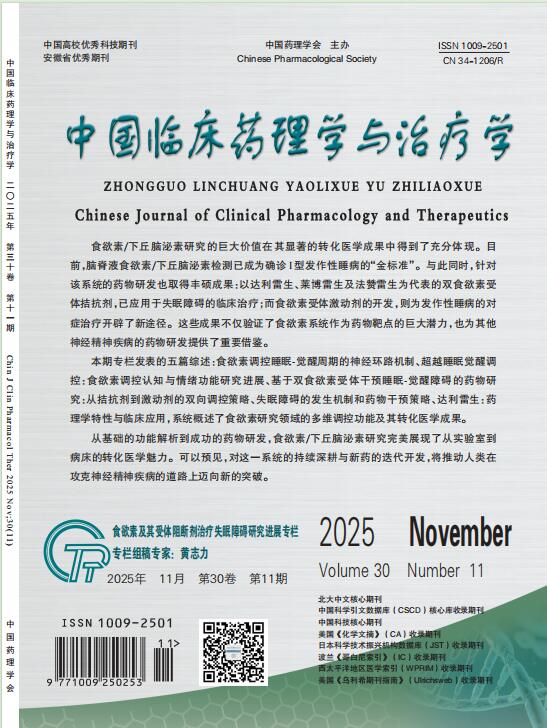AIM: To analyze the effect of quercetin on the inhibition of secondary endotoxemia in rats with Neisseria meningitis. METHODS: Sixty Wistar male rats of SPF grade were randomly divided into six groups: model group, normal group, positive control group, low dose quercetin group, medium dose quercetin group and high dose sputum. 10 rats in each group, except for the normal group, the other rats were prepared with Neisseria infection meningitis model. After the model was established, the positive control group was intragastrically administered with a 2 mL dose of 100 mg/L dexamethasone solution. Low-dose, medium-dose and high-dose quercetin groups were intragastrically administered with 2 mL doses of 50, 100, 200 mg/L quercetin solution, and normal group and model group rats were given equal doses of normal saline. Rats were administered at intervals of 12 h for a total of five doses. The survival rate of rats in each group was observed at 12, 24, 36, 48 and 60 hours. The body temperature of rats was measured once every 12 hours. Serum IL-6, TNF-α, lipopolysaccharide, IL-1β and IL-8 content were detected by ELISA. Western blot was used to detect the p65 and IκBα protein expression, RT-PCR was used to detect the relative expression of brain tissue Toll-like receptor 4 (TLR4) mRNA and CD68 mRNA. RESULTS:All the rats in the model group died within 24 hours after modeling, and the survival rate of the model group was lower than that of the normal group. The survival rate of the medium dose and high dose quercetin group was better than that of the model group, the positive control group and the low dose quercetin group. The difference was statistically significant (P<0.05). The serum levels of IL-6, TNF-α, IL-1β and IL-8 in the model group were significantly higher than those in the normal group (P<0.05). The levels of IL-6, TNF-α, IL-1β and IL-8 in the quercetin groups were significantly lower than those in the model group. Among them, the rats in the middle dose and high dose quercetin groups decreased significantly, and the differences between the model group and the positive control group were statistically significant (P<0.05). The expression of IκBα protein in the model group was lower than that in the normal group, and the expression of p65 protein was higher than that in the normal group. The expression of IκBα protein in the middle dose and high dose quercetin group was higher than that in the model group and the positive control group. The p65 protein in the middle dose and high dose quercetin group was lower than the model group and the positive control group, and the difference was statistically significant (P<0.05). CONCLUSION: Quercetin can inhibit the NF-κB inflammatory pathway in rats with Neisseria meningitis, reduce the content of serum inflammatory factors, and improve the survival rate of rats.


